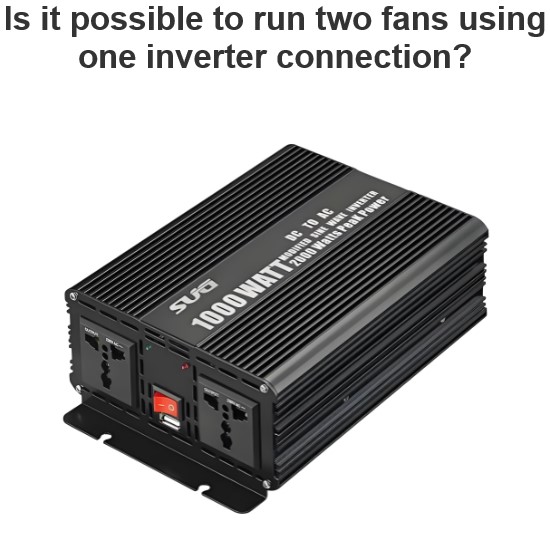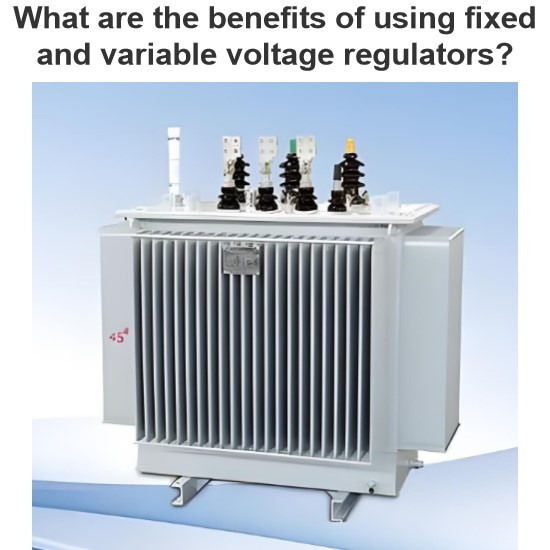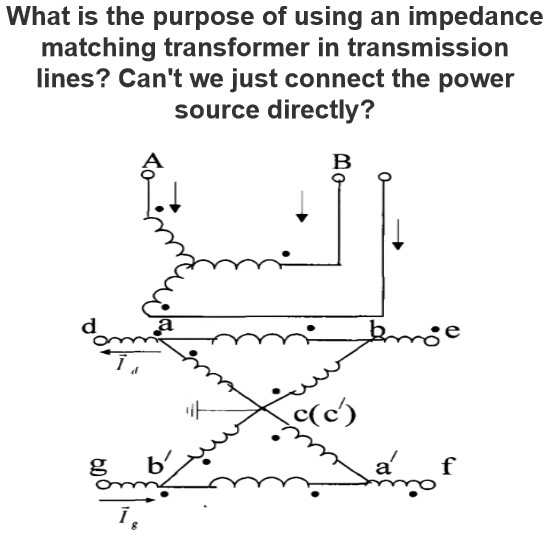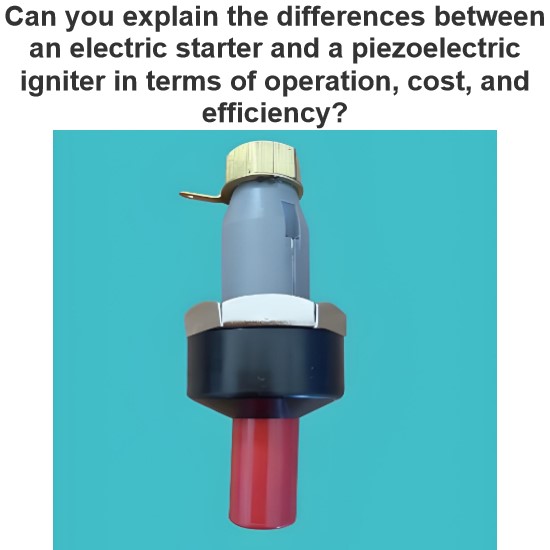What is the process for converting DC to AC for an induction motor?
An induction motoitself does not directly convert direct current (DC) into alternating current (AC). Instead, an induction motor is a device that converts AC into mechanical energy. However, in certain scenarios, an inverter (Inverter) can be used to convert DC into AC, which can then drive the induction motor. Below is a detailed explanation of this process:
Process Using an Inverter
1. DC Power Source
Batteries or Solar Panels: The DC power source can be batteries, solar panels, or any other type of DC power source.
2. Inverter
Functionality : The inverter's role is to convert DC into AC. It achieves this by converting the DC voltage into a series of pulse signals to simulate an AC waveform.
Types: There are different types of inverters, including square wave, modified sine wave, and pure sine wave inverters. Pure sine wave inverters are best suited for driving induction motors because they provide an output close to the ideal AC waveform.
3. AC Output
Simulating AC : The inverter simulates an AC waveform by adjusting the frequency and amplitude of the pulses.
Frequency Control: The inverter can also control the frequency of the output AC, which is important for controlling the speed of the induction motor.
4. Driving the Induction Motor
Connection: Connect the AC output of the inverter to the input of the induction motor.
Operation: The induction motor will generate a rotating magnetic field according to the frequency and voltage of the input AC, thereby causing the rotor to rotate and produce mechanical energy.
How Inverters Work
1. Switching Elements
Transistors: Modern inverters typically use transistors (such as MOSFETs or IGBTs) as switching elements.
PWM Technology: By controlling the on and off times of these switching elements, the inverter can produce PWM waveforms that synthesize an approximate sine wave AC output.
2. Control System
Microprocessor : Modern inverters often include a microprocessor to precisely control the on-times of the switching elements.
Feedback Mechanisms: By detecting the output voltage and current, the inverter can adjust its output to maintain a stable AC waveform.
Application Scenarios
1. Electric Vehicles
Battery-Powered: Electric vehicles use batteries as the DC power source. An inverter converts the battery's DC into AC to drive the induction motor inside the vehicle.
2. Renewable Energy SystemsSolar or Wind Systems: These systems typically use inverters to convert the DC from solar panels or wind turbines into AC for household or industrial electrical equipment.
Summary
An induction motor itself is not designed to convert DC into AC but rather to convert AC into mechanical energy. However, using an inverter, DC power can be converted into AC, which can then drive an induction motor. The inverter regulates the on-times and frequency of the switching elements to simulate an AC waveform and can adjust the output frequency to control the speed of the induction motor.
If you have any further questions or need more information, please let me know!
The Electricity Encyclopedia is dedicated to accelerating the dissemination and application of electricity knowledge and adding impetus to the development and innovation of the electricity industry.




